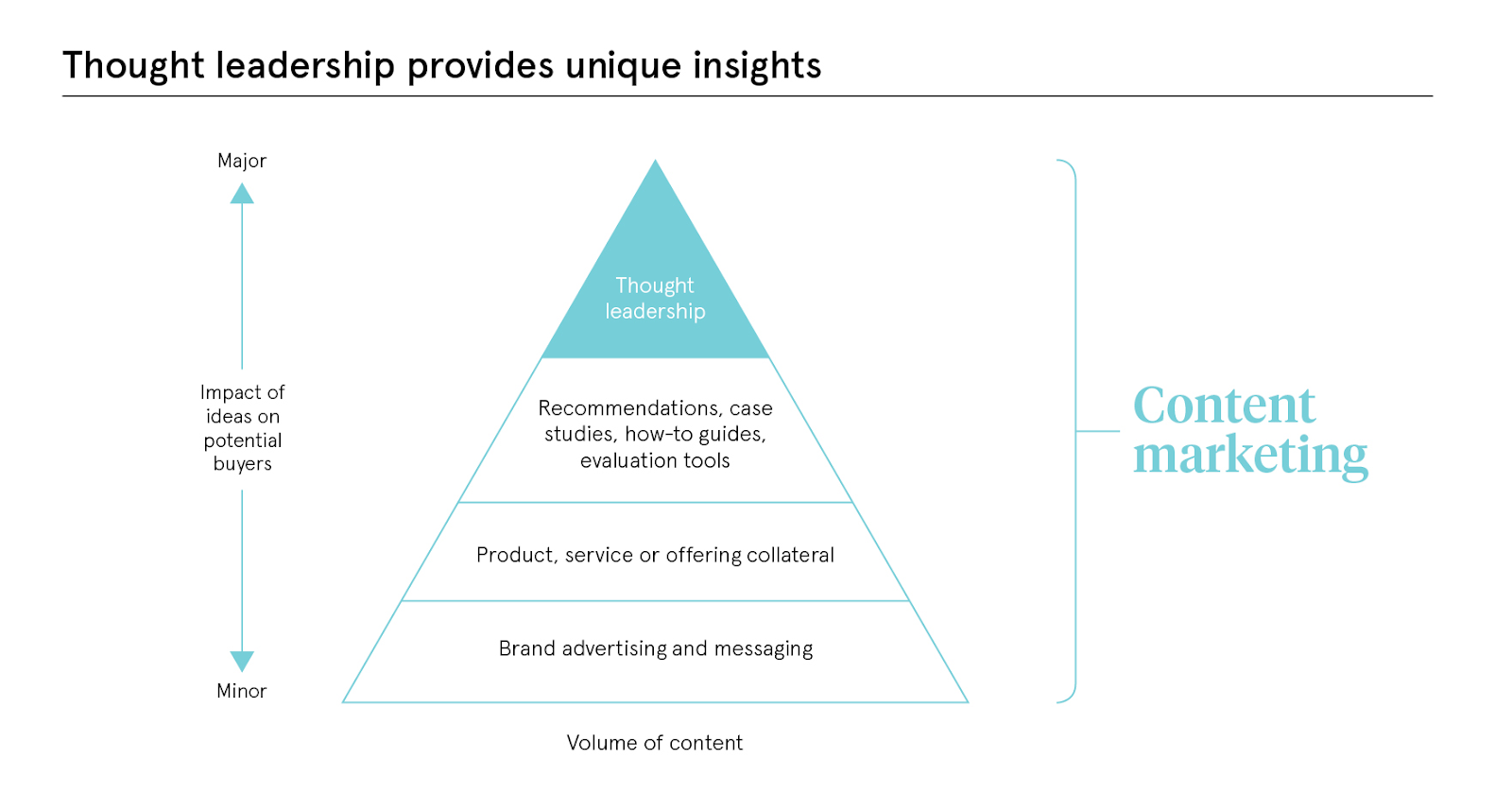OI, YOU! (Just kidding, don’t do that.) Your blog introduction has to grab the reader’s attention. Because only 20% will make it past the headline. So, how you write it has to convince people to stick around.
There are tons of guides with countless tips on how to do this best. But these can take up time you just don’t have. And they may not even work for your audience or industry.
But there’s a simple, 3-step solution to get your blog intros right every time. It’s based around the theory of persuasive communication for content writing. Showing you’ve mastered the topic enough to explain it simply.
So, here’s how to write a blog introduction that’ll hook your reader every time:
- Thesis – tell people what they already know
- Antithesis – highlight what’s wrong with that idea
- Synthesis – give them a new solution
Key takeaways
- Your 3-step introduction should be a mini story arc for the whole piece.
- Your thesis (step 1) sets the scene. A simple summary of a complex topic gives the reader confidence in your knowledge.
- Your antithesis (step 2) introduces tension with the arguments. You’re giving the reader the whole picture and opportunity to disagree.
- Your synthesis (step 3) shows there will be a satisfying conclusion. And that you’re a thought leader in your space with unique insight.
Thesis – tell people what they already know
Readers know how your blog content is going to benefit them. Because your title has already told them. But the first sentence is just as important. And it can increase one of two things depending on your copywriting:
- Conversions
- Bounce rate
Your opening sentence is your chance to show your skills. To introduce your tone of voice and writing style. And confirm what most people already know about the topic. Because then you’re starting on the same wavelength.

Use your thesis to give your audience confidence in your level of research. And clearly introduce your topic. Whether that’s social media content creation or link-building to increase organic traffic. You need to get specific and make anything complex understandable.
You also want to try and include the keywords you’re targeting in your first paragraph. This is a widely used SEO (search engine optimization) tactic. But don’t force them in. Just get them in when writing your blog introduction somewhere if you can.
Antithesis – highlight what’s wrong with that idea
Blog posts shouldn’t be one-sided. When writing an article, you need to present the whole picture. Including arguments and pain points. This will then give your final synthesis more weight. Because readers feel they’ve considered both sides.
If your thesis was right, you wouldn’t need to write the piece of content you’re introducing in the first place. So, now it’s time to show you’ve researched lots of different opinions. And taken them into account when forming your own.

Search engines are overflowing with content marketing articles. So, readers don’t have to stick around for mediocre ones. They can move on and find something better with a few clicks. You need to make it clear you’ve been through everything else on this topic. And it’s not worth their time.
If you can, apply this idea to your whole blog post too. You want to challenge people’s assumptions. Readers should feel satisfied by the time they reach your conclusion. And that can only happen when you give them all the details.
Synthesis – give them a new solution
Your synthesis is going to convince people to stick around to the end. Because it shows there’s going to be a satisfying conclusion. The “truth” of the argument. And that you’re a thought leader in your space worth following.
Rather than a call to action, it’s a call to value. And this is where good blog post intros turn into winners that leave lasting first impressions. This part is essential for building an email list or customer base from your content.

It has to show it’s going to be unique. Yes, you need to answer search intent. And include SEO keywords. But marketers are all vying for the attention of the same group of people. So, why should they bother with yours? Because you have something different (and well-researched) to say.
Your synthesis is what makes your blog post persuasive. It shows you’re going to structure the piece logically. Raise and counter doubts. Challenge ideas. And assure them they’ll be happy reaching the final viewpoint you’re promising.
3 examples of engaging blog post introductions
There’s no optimum length for great introductions. And how snappy or in-depth you are will depend on your topic and target audience. You can use this TAS (theory, antithesis, synthesis) framework in different ways too:
- Tell a personal story
- Refer to a case study
- Add data to strengthen
Writing blog post introductions can be easy. Now you know how. But what does this technique look like in the wild?
These 3 bloggers grab your attention and hold it with their intro copywriting. So, use these screenshot examples as templates for your next blog post:
- Animalz
- Sprout Social
- Nesta
Animalz
This article was the inspiration for this blog post idea. So, kudos, Ryan Law. And (as you’d hope) his own blog intro to the subject nails it.
Three words introduce the subject matter: “Great writing persuades.” And tell you what the blog post is going to help you achieve:

Content marketing is everywhere. But great writing isn’t. And the antithesis highlights that:

So, what’s the solution? The framework being introduced. You get your answer but then need the details in the main body of the piece to try it yourself:

Sprout Social
Content writer Bani Kaur recently posted the above article as part of a Twitter thread. So, it wasn’t hard to find an example of her work using the technique.
The opening thesis introduces the topic of social commerce. Adding sourced data also helps to give people confidence in the amount of research you’ve clearly done. (Just make sure you can find the original source.)

But then comes the antithesis. And this time, it’s not arguing the point above. But introducing a new thought: where does Twitter fit into all this?

The synthesis clearly outlines the structure of the main body that’s coming. And spells out the value you’ll get if you stick with it until the end.

Nesta
The thesis of this article sends the reader back to a certain time in history. It’s a factual statement that leads us into the main topic.

Then comes the counter-argument. Because what was quoted in the thesis didn’t end up happening.

The synthesis then transports us to modern times of 2017 (when this was written). But in this example, this is where the content topic is unearthed. Which kind of agrees with parts of the original thesis. But adds a unique twist.

So, there are tons of ways to customize this framework to fit your writing. These examples show you don’t need to keep strictly to the theory.
Conclusion
A good introduction makes you want to read on. A great blog post intro shows readers you’ve mastered the topic because you can lay it out so simply.
Writing a new blog post introduction doesn’t have to be a headache. This formatting can make the whole process simple. And allow you to make your content strategy more persuasive.
Another helpful way to remember it is the ABT (and, but, therefore) template:
- And – sets the scene
- But – introduces the tension
- Therefore – the resolution
Whether this is your first blog post or hundredth, you can always improve your introductions. So, give the TAS framework a try. And see if it helps structure your thoughts for the main body more effectively too.
Which blog post introductions have grabbed your attention recently? Is there any content writer who always nails an engaging intro? Let us know in the comments below.






